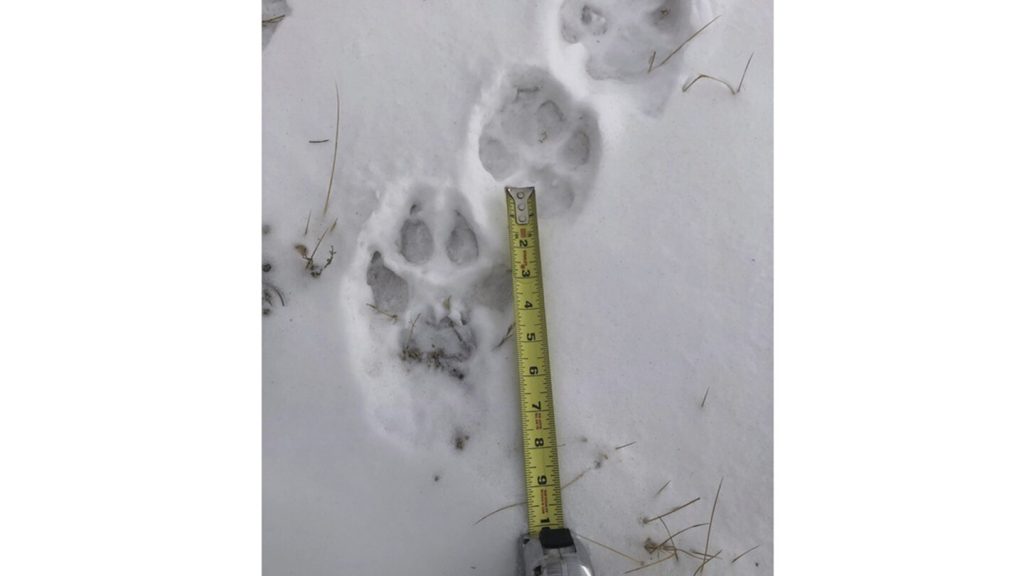Colorado Parks and Wildlife confirmed that a wolf killed a calf in Colorado, marking the first livestock kill since the controversial reintroduction of wolves in December. The agency found tooth rake marks on the calf’s hindquarters and neck, consistent with wolf depredation. The calf’s owner may be compensated up to $15,000 for the loss, but ranchers argue that this is not enough to cover their losses.
The reintroduction of wolves in Colorado has sparked political controversy, with ranchers and farmers expressing concerns about the impact on their livelihoods. The 2020 ballot measure narrowly passed, despite opposition from many rural residents who feared the predators would harm their businesses. Wolves were brought in from Oregon after nearby states like Wyoming, Idaho, and Montana refused to provide them to Colorado.
Proponents of wolf reintroduction believe that the apex predators will help restore ecological balance in the area. Gray wolves have been responsible for killing around 800 domesticated animals across 10 states in 2022, including Colorado. While these losses can impact individual ranchers, they only represent a small fraction of the industry at large, about 0.002% of herds in affected states.
In December, 10 wolves were released in undisclosed locations in the Rocky Mountains, with plans to release 30 to 50 more over the coming years. Wildlife officials are exploring strategies to deter wolves from livestock, such as tying streamers or blinking lights to fences. However, wolves can become accustomed to these deterrents over time, so they are not always foolproof and may only be effective for short periods.
The ongoing conflict between ranchers and wildlife officials highlights the challenges faced in managing conflicts between livestock and wildlife. The reintroduction of wolves has raised concerns among ranchers about potential threats to their livestock and industry. As the state continues to navigate these complex issues, stakeholders on both sides are working to find solutions that balance the needs of wildlife conservation with the interests of ranchers and farmers.


